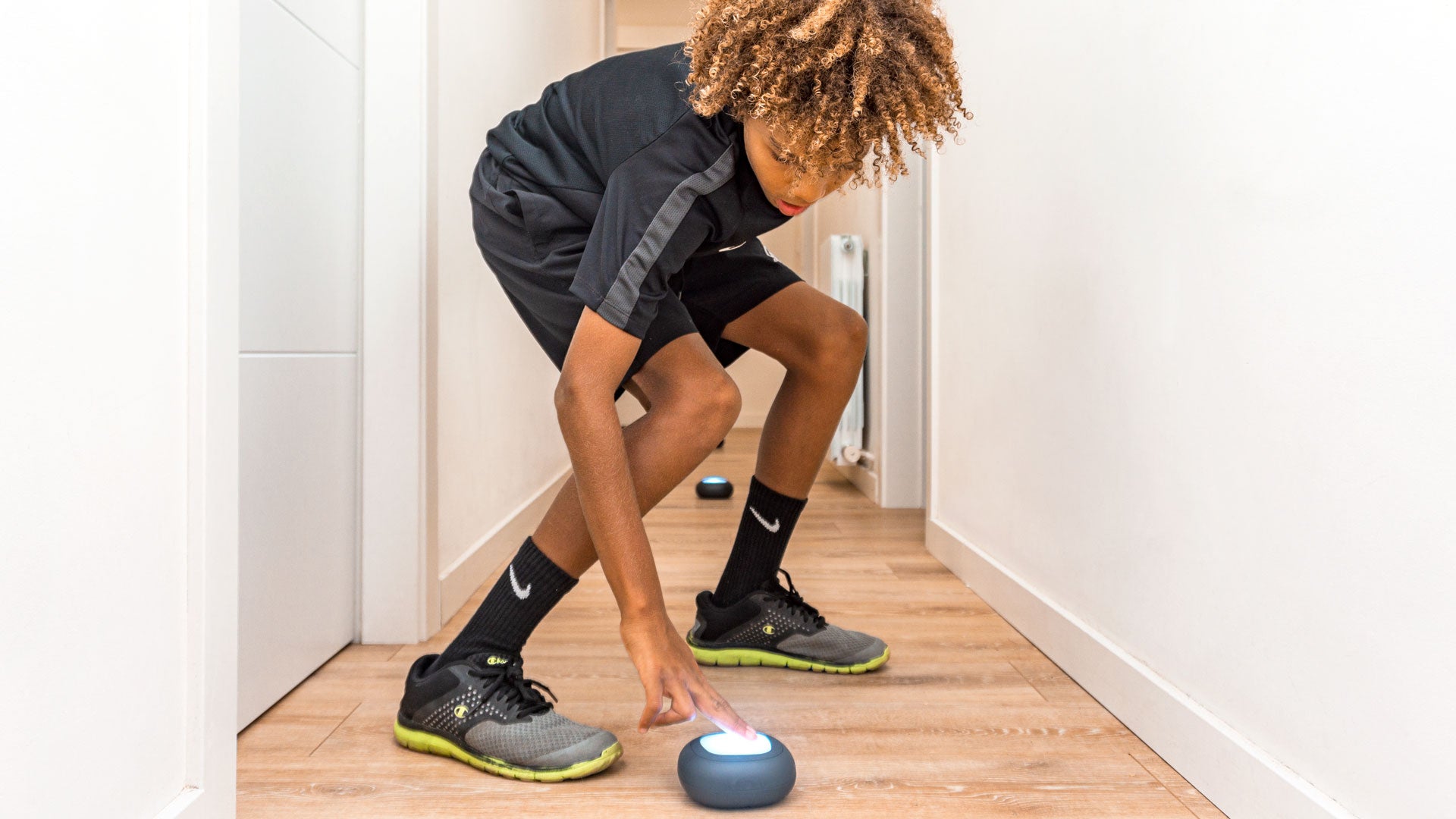The role of parents in athletic development
Parents are the cornerstone in a child's athletic journey. Their role extends beyond mere encouragement; it's about setting the foundation for an active lifestyle.
Through daily activities, parents can introduce simple athletic concepts, turning playtime into an opportunity for development. Encouragement, understanding, and patience are key as they guide their children through the initial stages of athletic exploration.
Early years educators and their influence
Educators in early childhood play a pivotal role in athletic development. They introduce structured activities that nurture motor skills, balance, and coordination.
The approach these educators take can ignite a child's passion for sports, laying the groundwork for future athletic pursuits.
Joining a sports club: A milestone in athletic growth
The transition to a sports club is a significant milestone. It's where children learn the value of discipline, teamwork, and perseverance. Qualified coaches and structured training programs at these clubs offer a more focused approach to athletic skill development.
Simplifying the science behind athletic development
Understanding the science of athletic development is crucial for parents and coaches aiming to effectively guide young athletes. This involves a deep dive into the stages of physical growth and motor skill acquisition, with an emphasis on the uniqueness of each child's developmental journey.
By acknowledging and adapting to these individual timelines, and integrating fundamental movements into daily activities, enhanced by tools like A-Champs' ROX's reaction lights, adults can create an environment that cultivates confidence, skill mastery, and a lifelong enthusiasm for physical activity.
Involvement of family in athletic training
Athletic development is deeply rooted in family dynamics, with every member playing a vital role. When families come together for physical activities—be it through organized sports days or impromptu backyard games—they create a nurturing environment that not only promotes a child's athletic skills but also reinforces the importance of an active lifestyle. Such collective involvement can inspire children to value fitness, understand teamwork, and develop a robust foundation for physical activity that can last a lifetime.
Getting started with basic athletic skills
Getting children started with basic athletic skills sets the stage for a healthy and active life. Running, jumping, and coordination are foundational abilities that support a wide range of sports and physical activities.
To cultivate these skills, it's important to introduce them early and incorporate regular practice.
Tips for teaching these essentials include turning exercises into games, celebrating progress, and maintaining an element of play to keep young learners motivated.
By making skill development enjoyable, we can help children embrace their athletic journey with enthusiasm and joy from the very beginning.
The first four years: A critical overview
The first four years of a child's life are a pivotal period for developing athletic skills, marked by the transformation of spontaneous movements into deliberate and controlled actions.
During these years, children experience rapid physical development, mastering control over their bodies and learning to interact with their surroundings.
Parents and educators are instrumental in this phase, as they can significantly aid this development by incorporating play-based activities.
These activities, which are both enjoyable and challenging, are crucial for honing emerging motor skills and laying a strong foundation for the development of more complex athletic abilities as the child grows.

Stimulating athletic growth in early years
Play and sensory experiences are vital in stimulating a child's early development. Engaging infants and toddlers in physical activities that incorporate a variety of stimuli—such as different colors, sounds, and textures—helps develop their motor skills and coordination. This approach encourages an interactive and enriching environment for young learners to grow physically and cognitively.
Innovations in early athletic training
The ROX's Interactive Light System represents a significant advancement in athletic training for young children, offering an engaging, user-friendly platform that revolutionizes early athletic development.
This innovative tool not only makes training more enjoyable but also plays a crucial role in motivating children, enhancing their coordination and motor skills through interactive play.
Using technology to enhance athletic development
Technology can significantly enhance athletic training when used judiciously.
The ROX's system, with its intuitive app, provides a contemporary method to track and foster a child's physical development.
It strikes a fine balance between innovative technology and traditional training techniques, offering a hybrid approach that maximizes the benefits of both worlds.
This method not only streamlines the monitoring process but also introduces a dynamic aspect to children's athletic progression.
Neuromuscular development in early years
Understanding neuromuscular development is essential. This section explains how early physical and mental stimulation influences the neuromuscular system, impacting a child's athletic abilities.
It underscores the importance of varied, age-appropriate activities to enhance neural pathway development.
The diagram below demonstrates how neural pathways develop from birth increase as an infant around the age of 6 then thin out as they move into their teens.
This thinning out means the child has developed stronger pathways for growth losing most of the baby reflexes which are no longer required.

Consequences of neglecting athletic development
Neglecting a child's athletic development can lead to developmental delays and missed opportunities.
The diagram below demonstrates the negative impact of neglecting an infants movement and senses development

Engaging children in movement and sensory training
To engage children effectively in physical activities, it's crucial to blend fun with educational methods.
This approach keeps their interest piqued and promotes a positive attitude towards exercise. One effective strategy is gamification, where physical tasks are presented as fun games.
For instance, a simple game of tag can be transformed into a lesson on agility and speed. Another method is to use storytelling, where children embark on imaginative adventures that require physical movement, such as jumping, crawling, or balancing to overcome obstacles in the story.
Incorporating sensory experiences, like playing with different textures or sounds, can also enhance their motor skills.
Lastly, involving children in setting personal goals and celebrating their achievements, no matter how small, can significantly boost their motivation and interest in staying active.
The ROX's interactive light system in detail
The ROX's Interactive Light System is an innovative tool designed to develop essential movement patterns in children. This system uses interactive, light-up pods that can be arranged in various configurations to create engaging, physically active games. The lights and sounds from the pods attract children's attention, making exercise more appealing.
The system is versatile, catering to skills such as speed, agility, and coordination. For example, children might be tasked with deactivating lights on the pods as quickly as possible, which encourages rapid movement and decision-making.
This tool is particularly beneficial in early athletic training because it combines physical activity with cognitive challenges, aiding in the development of both motor and mental skills.
Looking ahead: Fundamental movement development
The period from 5 to 14 years old is critical for the fundamental movement development skills, forming the bedrock of a child's athletic abilities and overall physical competence.
During these years, key skills such as running, jumping, throwing, and catching undergo significant evolution, aligning with the child's physical and cognitive development.
By engaging in age-appropriate exercises and activities, children can enhance these skills, contributing significantly to their overall physical literacy. This development is crucial not just for athletic prowess but for the holistic growth of a child, laying a solid foundation for ongoing athletic training and development.
Embracing the journey of athletic growth
In conclusion, this article has explored various facets of early athletic development, emphasizing its significance in a child's overall growth. We've seen how engaging children in movement and sensory training can be fun and educational, the innovative impact of tools like the Rox's Interactive Light System, and the future focus on fundamental movement development.





Hinterlasse einen Kommentar
Diese Website ist durch hCaptcha geschützt und es gelten die allgemeinen Geschäftsbedingungen und Datenschutzbestimmungen von hCaptcha.